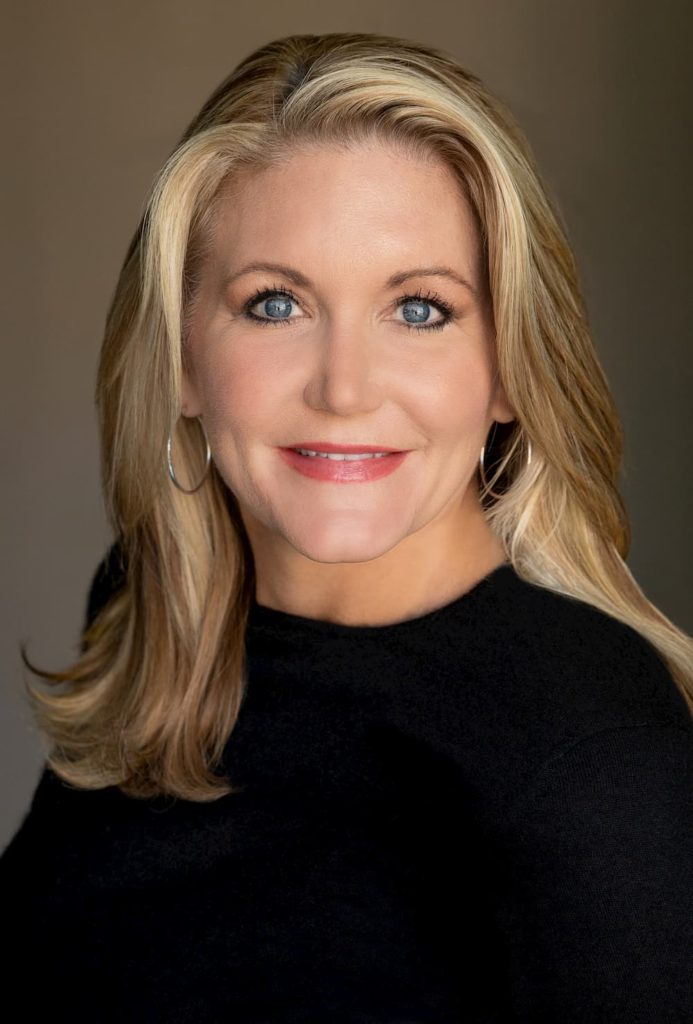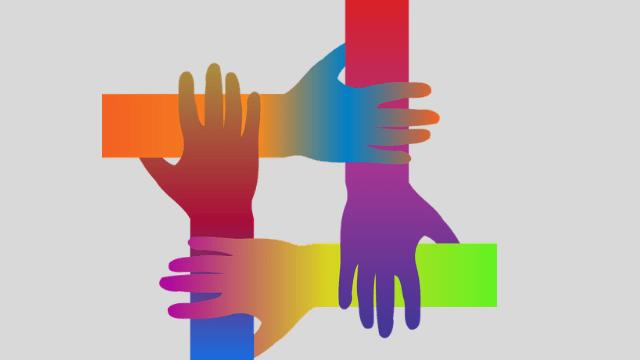How Diversity and inclusion can be used to break down barriers for those with invisible disabilities!
Our guest contributor Linda Fisk has shared an insightful article on how to use diversity and inclusion to remove such barriers and make a better workplace. Certain unconscious biases, which are the underlying attitudes and stereotypes that people unconsciously attribute to other people, can be a barrier to the growth of those with invisible disabilities. Linda is a multi-award-winning leader, keynote speaker, podcast host, author and university professor dedicated to amplifying and extending the success of other high-calibre business leaders.
Today, one of the single best indicators of an exceptional work environment is a strong commitment to diversity and inclusion. When it’s clear that an employer values every individual’s contribution and all employees are provided with every chance to succeed, you’ll find a more engaged, committed, loyal and high-performing workforce. When an employer focuses on individual abilities and rewards exceptional performance, the employees have the assurance of fairness and equity that diversity and inclusion initiatives were always meant to inspire.
And, while definitions of diversity in the workplace have now expanded to include less visible characteristics like religious beliefs, sexual orientation and even parental status, it’s important to highlight that about 1 in 10 people lives with an invisible disability. And, many times, those invisible disabilities can impair the ability to work under normal conditions or participate in social activities at work. People with invisible disabilities can have dramatic limitations on typical work activities – and can be difficult for co-workers to acknowledge, recognize and understand the disability.
Of course, it is the right of the individual to disclose their disability or not to their employer. Due to the social stigma directed at people with disabilities, within the workplace and outside of the workplace, some employees with an invisible disability choose not to disclose their diagnosis. In fact, a recent study found that 88% of people with an invisible disability had negative views of disclosing their disability to employers, of a fear of being labelled.
Invisible disabilities can range from epilepsy to dyslexia, and hearing and vision impairment to chronic pain, PTSD to autoimmune compromised and diabetes, and mobility impairments to anxiety and depression. In the United States, 96% of people with chronic medical conditions show no outward signs of their illness. About a quarter of those with some sort of chronic medical condition has activity limitations, ranging from mild to severe. In the time of COVID, the incidence of invisible disabilities are certain to grow as people confront an increasing number of physical and mental health issues.
It is important to note that if a person has a disability, that does not mean they are disabled. Many living with invisible disabilities are still fully active in their work, families, sports or hobbies. Some with disabilities can work full or part-time but may struggle to get through their day. Others may need assistance and may have difficulty with daily activities which would make it difficult to maintain gainful or substantial employment due to their disability.
Everyone with a disability is unique, with varying challenges and needs, as well as abilities, qualities and characteristics. But, a lack of sensitivity to another’s disability, especially an invisible disability, can create misunderstandings, resentments and frustration, worsening the situation. Co-workers may consider someone with an invisible disability to be lazy, weak, antisocial, incompetent, aloof or distant.
Those suffering from invisible disabilities should be offered the same considerations and protections as all other disabilities – and no person should be discriminated against because of disability, whether it is hidden or visible. As leading employers recommit to nurturing a diverse and inclusive workplace, invisible disabilities should be identified, discussed and considered. When an employer focuses on individual abilities and provides a safe and inclusive environment for everyone, teams flourish, employee loyalty soars and performance skyrockets.
Smart leaders will take hidden disabilities into consideration, re-configure diversity and inclusion programs to meet the needs of all, and become sensitive to the growing population suffering from invisible disabilities. Many of those who have seemingly recovered from Covid-19 are expected to faced chronic health problems for the rest of their lives. Savvy leaders will re-think their diversity and inclusion programs to include invisible disabilities, giving those suffering appropriate accommodations and a safe place to disclose their unique disability.
Your commitment to diversity and inclusion can provides a sustainable competitive advantage for your company – motivating every kind of talent in your business. Now more than ever, it defines the kind of corporate America that we want to shape and cultivate in the next century.

Linda Fisk
Linda Fisk is a multi-award-winning leader, keynote speaker, podcast host, author and university professor dedicated to amplifying and extending the success of other high-calibre business leaders. She is the Founder and CEO of LeadHERship Global, a community of unstoppable women enhancing their leadership blueprint and embracing their power to be the best version of themselves- in work and life.
Subscribe to https://www.womenlines.com to become the best version of yourself! Womenlines is a weekly online magazine publishing content on Business Excellence, Health, Leadership Skills and listed in the top 50 women’s online magazines to follow in 2021!
Follow Womenlines on Social Media













 Subscribe to Womenlines, the top-ranked online magazine for business, health, and leadership insights. Unleash your true potential with captivating content, and witness our expert content marketing services skyrocket your brand’s online visibility worldwide. Join us on this transformative journey to becoming your best self!
Subscribe to Womenlines, the top-ranked online magazine for business, health, and leadership insights. Unleash your true potential with captivating content, and witness our expert content marketing services skyrocket your brand’s online visibility worldwide. Join us on this transformative journey to becoming your best self! 





